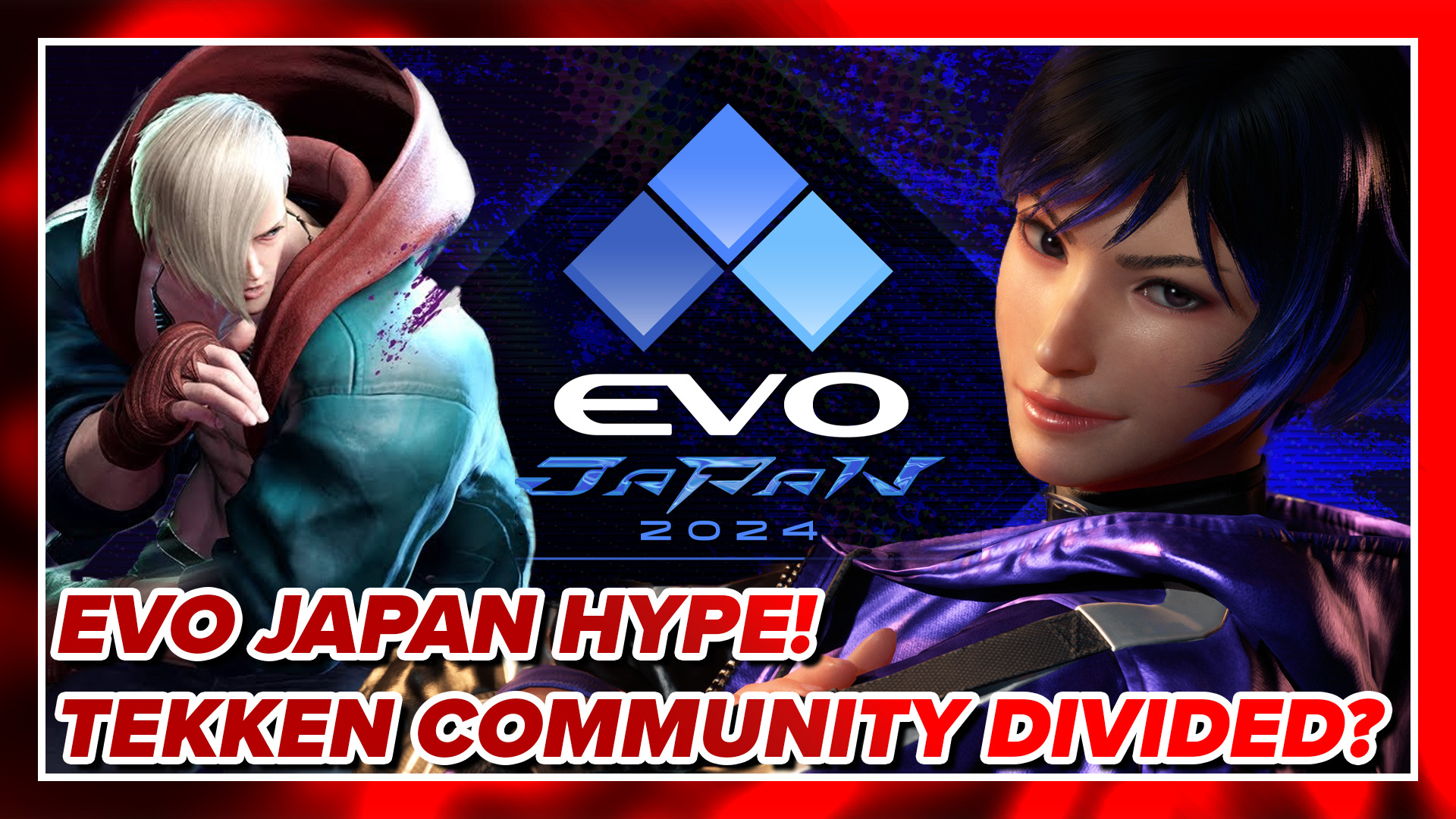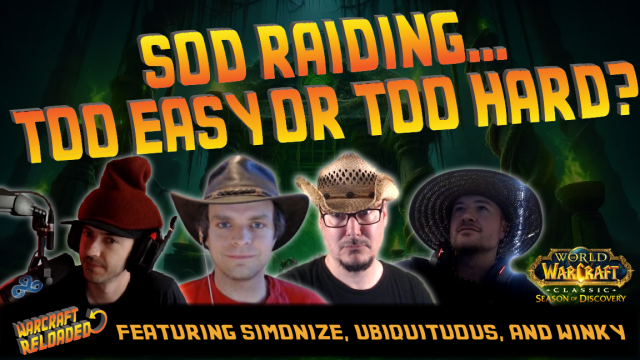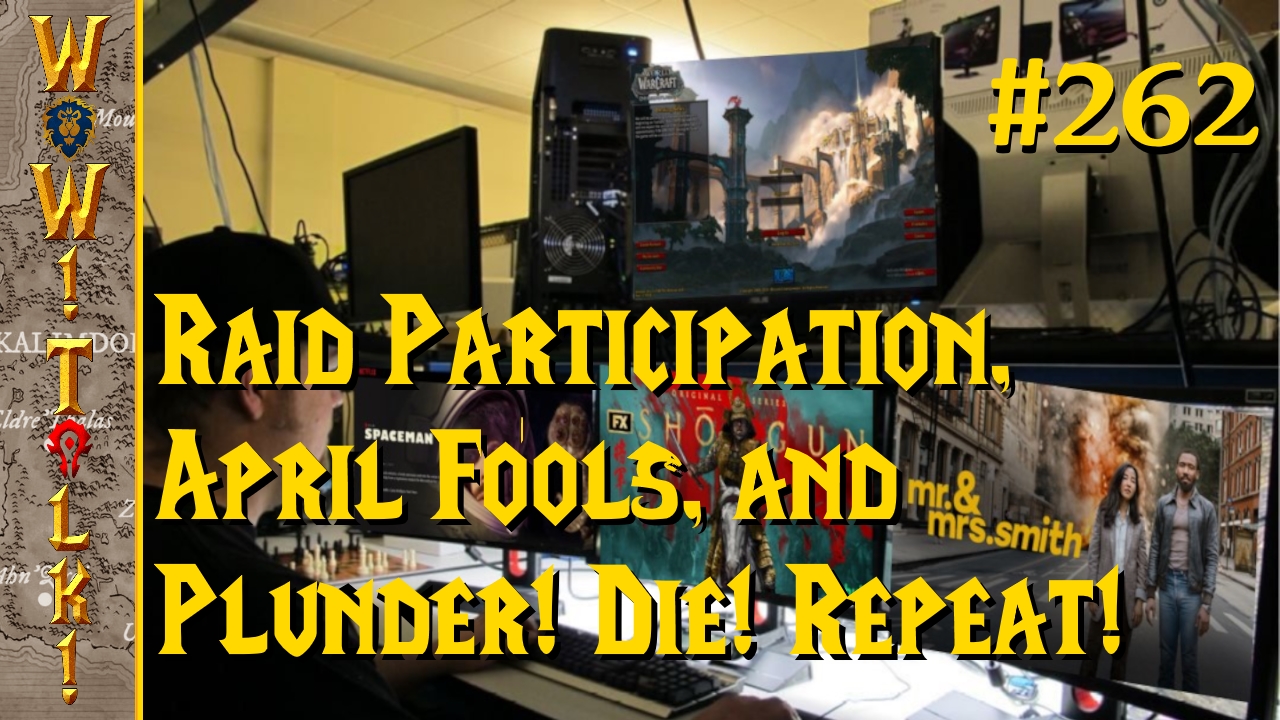
Gods Eater Burst was originally released in Japan as God Eater before being retooled and re-released as God Eater Burst prior to making its way stateside. The North American title of the game sounds a bit odd, and is odder still when you realize that the in game text refers to your squad of monster hunters as God Eaters rather than Gods Eaters. There’s really no excuse for this and the countless other translation errors that plague the game. On the other hand, there is an excuse (lack of a second analogue stick) for the title’s atrocious control scheme. Unfortunately, the developers still could have given us a superior setup than the one that hampers this decent monster hunting adventure.
After a gorgeous anime opening, players get the ability to customize their characters with typically ridiculous looking anime hair styles and a hefty variety of presets for other features. Jumping into the game proper, you’ll join up with a military survivalist group known as Fenrir. In the post-apocalyptic world, it is up to entities like Fenrir to hunt down wild beasts that threaten the human race. Known as Aragami, these baddies burst into existence one day and rapidly evolved into powerful beings that could not be stopped with conventional weapons.
This serves as an apt justification for arming youngsters with ludicrously over sized weapons and deploying them on missions to eliminate Aragami. Characters effortlessly heft these giant Gun Arcs and swing them with impossible ease. It all looks cool though and provides for some satisfying attacks, which goes a long way in helping you to forget about how silly it all is.
These weapons can be transformed on the fly between projectile shooters and melee blades. Since they are constructed of the same cells that make up the basic building blocks of the Aragami, these bio-weapons also have the ability to mutate themselves into jagged-toothed mouths that chomp down on foes. Beyond the sweet animation, this maneuver is also quite useful. It allows you to grab loot from creatures and can also temporarily power-up players by infusing them with a new move set. This is one of the game’s highlights so you’ll want to take advantage of it as often as possible.

The basic premise of Gods Eater Burst is one that should translate well to a handheld: a huge amount of brief hunting missions that are heavy on action and short on load times. In the early going, this formula holds up well. There is also a deep system in place for buying and trading as well as crafting weapons, items,and bullets while in the hub area; so if that excites you, you’ll find a lot to love in regards to this aspect of the game. Unfortunately, a repetitive set of quests and extremely frustrating camera controls will eventually cause most players to put the game down well before they reach its conclusion. The difficulty level also spikes wildly after you get past the missions in the easiest category and this makes for a truly frustrating experience. Hard-core fans of monster hunting titles might overlook Gods Eater Burst’s shortcomings in favor of grinding away at monster slaying and loot grabbing, but there’s not much here for anyone else to appreciate.
Implementing camera controls is a touchy process for developers of any 3D third person game. This is exasperated when your game involves shooting and is restricted to the single analogue stick of the PSP. During my time with Burst, I continuously thought about how a PSP2 (or NGP if you prefer) sequel to Burst would have the potential to correct the negative control aspects of this title. That being said, the clunky method of manipulating the camera in Gods Eater Burst is too grievous a flaw to let the developers off the hook that easily. Other PSP games have partially overcome the system’s limitations by offering control schemes that were akin to classic N64 shooters. Assigning camera control to the four face buttons is obviously not on par with the dual analogue control you’d get on a console (or the NGP for that matter) but it is certainly superior to the game of Twister your fingers will play during Gods Eater.
Since the face buttons are assigned actions like attacking, blocking and dashing; you are forced to use the d-pad to pivot the camera. The result is that you are stuck with either awkwardly using an index finger to look around and aim or leaving yourself open to attack while you come to a stop and use your thumb for these matters. Tapping the left trigger puts the camera behind your back, but it doesn’t always work quite so well. It’s annoying to have to constantly try and line the thing up in this manner. You can also lock on to enemies in the field, but that doesn’t quite work either. Whenever you clip through monsters while performing an attack (which occurs often), or the beasts dash/run away you will lose track of them and have to revert to looking around with the d-pad. A control option for manipulating the camera with the face buttons and assigning weak and strong attacks to the triggers would have been a godsend.

As mentioned above, enemies sometimes run away from your party of hunters. Apparently the developers decided that it wasn’t enough to just track down the beasts in the mostly empty environments and therefore elected to have them take off mid-battle. This is a poor design choice that will infuriate you and make battles a real nuisance. The more powerful Aragami seem to be more skittish than their weaker counterparts, which is strange. Enemies are colorful and well designed while the animations and abilities of your God Arc are impressive; which makes these weaker elements that much more grating.
If crafting weapons and grinding your way through recurring missions that task you with wiping out challenging monsters sounds like a blast, then you might want to jump into Gods Eater Burst and put up with its awful camera. The battles are pretty and require plenty of skill, but quickly grow tedious. Unfortunately, this game isn’t for everyone and it’s likely that only the most obsessive fans of this type of game will want to spend an extended period of time with it.




